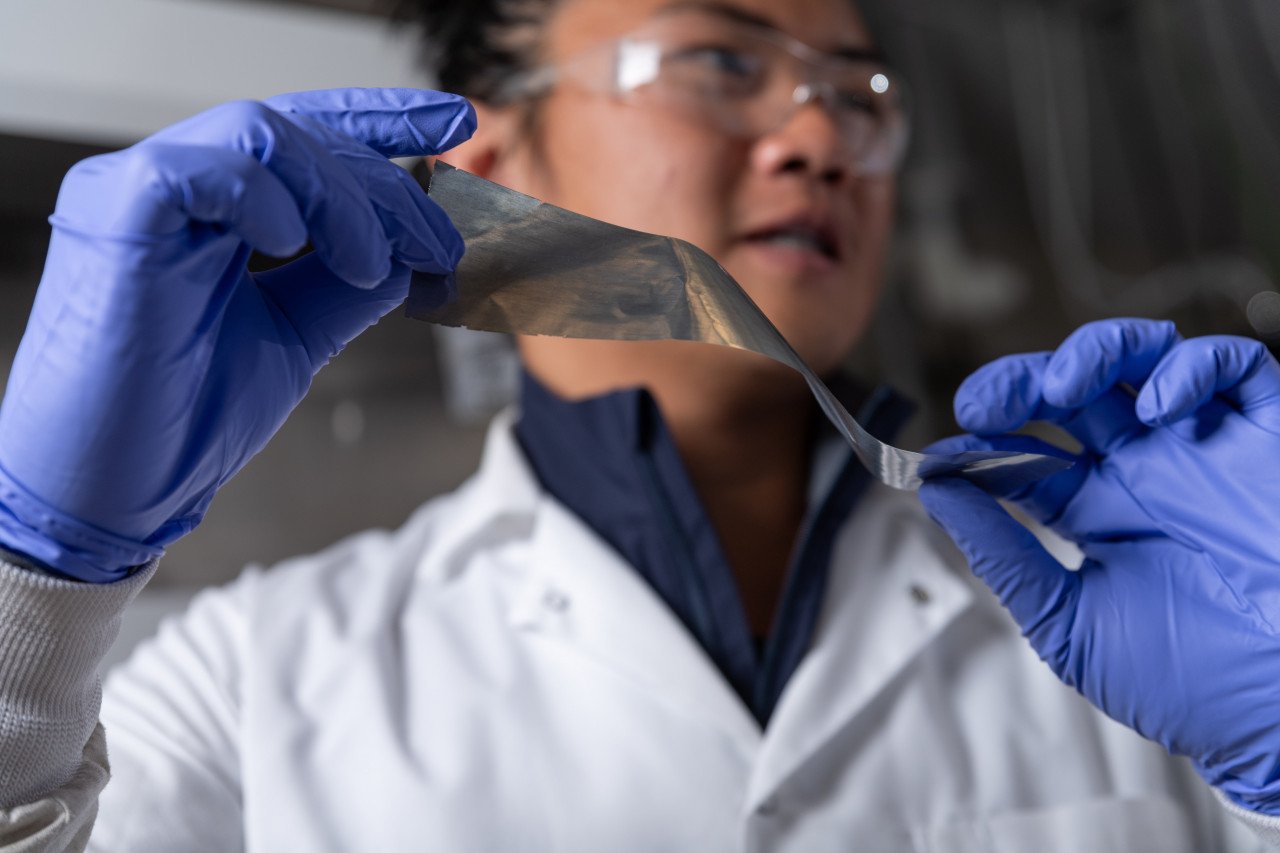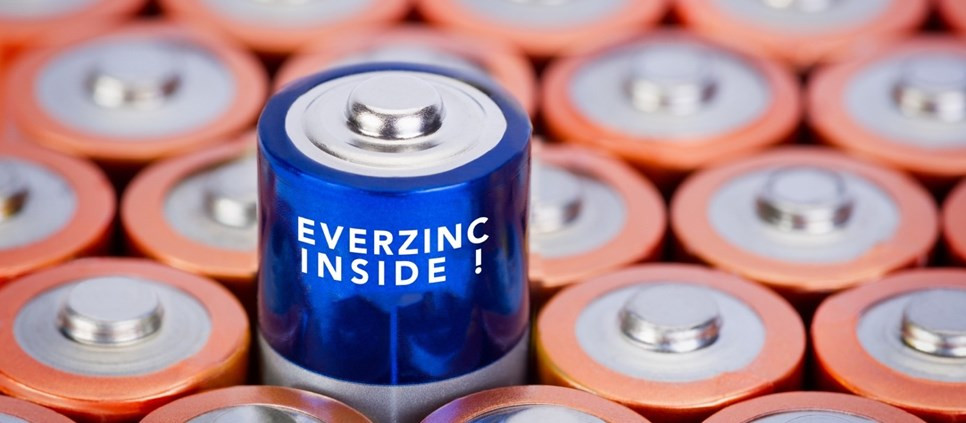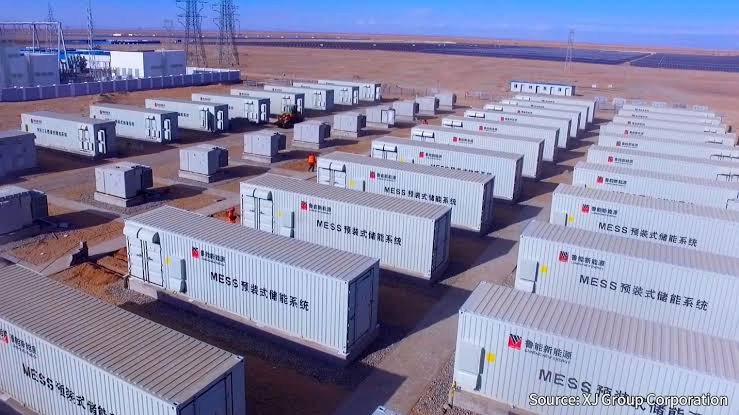Solid-state batteries to gain traction in terms of adoption in the coming years
The overall penetration rate of solid-state batteries across the globe is expected to be 1.7 percent and 8.4 percent by 2025 and 2030 respectively, according to an estimation by CITIC Securities.

EV batteries that charge as quickly as cellphones?
They add that the overall penetration rate of solid-state batteries across the globe is expected to be 1.7 percent and 8.4 percent by 2025 and 2030 respectively. Global capacities could reach 38 GWh in 2025 and 509 GWh in 2030.
Taking a big leap in this picture is China, which is reported to have 10 GWh of SSB capacity, with more than 128 GWh being planned around 2025, according to CITIC Securities.
"Solid-state batteries have many advantages, such as stronger safety, higher energy density, and more extreme technology, and are in line with the future development direction of high-capacity rechargeable batteries. As a transition route, semi-solid state batteries are already on the eve of mass production", notes the report.
Umicore sets up prototyping center for solid-state battery in Belgium
"With the industrialization of semi-solid-state batteries and the development of EVs, the future of all-solid-state batteries looks promising. In terms of material systems, it is expected that the cathode material will transition from high-nickel ternary to lithium-rich manganese-based, and the anode will transition from silicon-carbon to metallic lithium".
Nevertheless, cost will continue to be the determining factor for the prospects of SSBs. The analysts opine that cost reduction and resolving technical limitations of SSBs will be critical for their mass adoption in this decade.
For instance, the current cost of oxide semi-solid batteries and sulfide semi-solid batteries is about RMB 0.76 yuan ($0.106) per Wh and 0.86 yuan per Wh respectively, which is significantly costlier than liquid lithium-ion batteries, according to CITIC Securities.
On the investment front, CITIC Securities recommends investors to focus on those companies with leading solid-state electrolyte R&D and industrialization processes; having adequate production capacity layout; and those expected to take the lead in achieving half-scale production of SSBs.
















